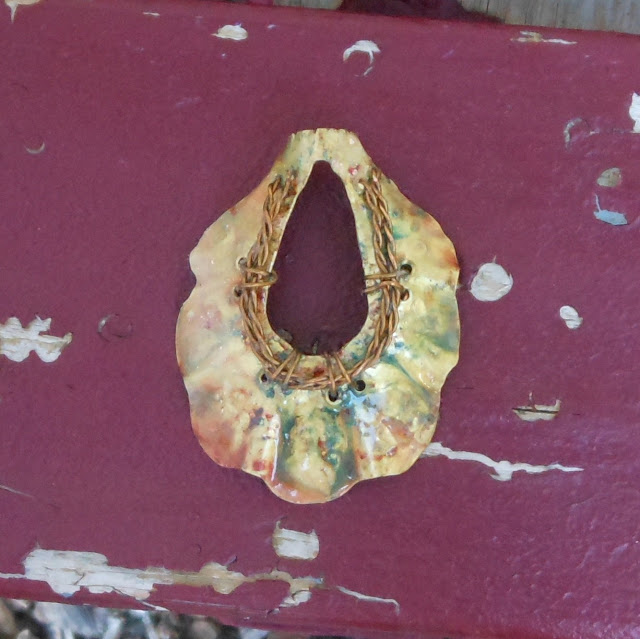17TH CENTURY FASHION AND JEWELRY
"Toward the end of the 16th century, the Renaissance style blended gradually into the manifestations of the Baroque period, which arose at different times in different countries. This gradual change in the style of jewelry was conditioned mainly by two factors. The first was of a technical nature and concerned improvements in the cutting of precious stones, while the second consisted of a great vogue for the cultivation of flowers. Floral and vegetable decoration therefore became the most fashionable theme for jewelry designers, and its popularity spread throughout Europe. The ornamental motifs of knots, ribbons, and Rococo scrolls also saw a considerable development."
http://www.britannica.com/art/jewelry/17th-century
http://costume-jewelry-magazine.blogspot.com/2012/08/jewelry-history-in-17th-cfentury-baroque.html
I have to say not my favorite fashion period but, alas, Orlando Bloom saves the day!
I was drawn to the necklace from Nepal because of the shell like shape to it. I felt it could lend itself to this challenge. I was drawn to the Hungarian pieces because of the flowers and animals which reflect the statement given above. I wanted to incorporate the two for this challenge.
For the focal bead I had added more things to it but it was a bit garbled so I took them off and just let the colors, shapes and textures speak for themselves.
I used brass sheet metal and embossing enamels and pigments. The wire is a bronze wrapping wire and was twisted.
The bracelet I struggled with I had it all together bet the leaf is so slender that it looked good but wasn't as balanced as I felt it should be. I used Sari Silk from Lima Beads http://www.limabeads.com/Multi_Color-100-Silk-Sari-Ribbon-P21834
The round swirl discs are from Taneres on Etsy
The clasp is antique or vintage I repurposed it with a Grace Bead I think it is a Grace ://gracebeads.com/.
I thought that I saw an insect in the painting so I made it a dragonfly.
The leaf is sheet metal shaped and enameled with embossing enamels and pigments.
This 17th century "statement necklace" was probably given by King Pratapamalladeva, ruler of the palace in Kathmandu, Nepal to Taleju Bhavani.
Hungarian, 17th century Jewellery by Kotomi on Flickr
17th Century Jewellry, Hungarian, Flickr
Mid-17th century Italian/Hungarian Bodice and skirt at the Museum of Applied Art, Budapest - Found via Ladies Historic Fashion!
This 17th century "statement necklace" was probably given by King Pratapamalladeva, ruler of the palace in Kathmandu, Nepal to Taleju Bhavani.
Hungarian, 17th century Jewellery by Kotomi on Flickr
17th Century Jewellry, Hungarian, Flickr
Mid-17th century Italian/Hungarian Bodice and skirt at the Museum of Applied Art, Budapest - Found via Ladies Historic Fashion!













No comments:
Post a Comment
Thank you for taking the time to visit my Blog.